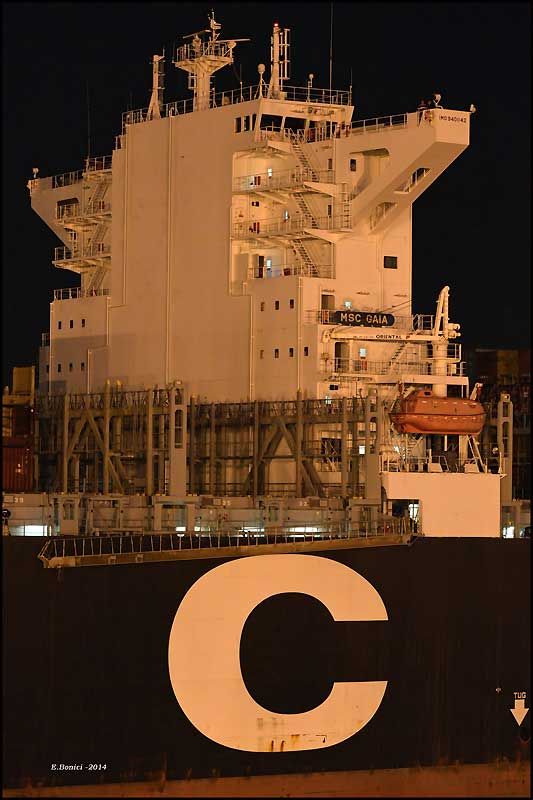Shipping goods within the Netherlands requires careful planning, and a key part of that is knowing how to estimate inland transport cost in Netherlands. Whether you’re moving products from ports to warehouses or delivering them to final destinations, accurate cost estimation helps manage budgets and streamline logistics. This guide breaks down the essential steps to calculate these costs effectively.
1. Identify the Type of Transport
Road Transport
Road transport is common for inland movements in the Netherlands. Trucks vary in size, from small vans for light loads to large articulated lorries for bulkier items. The cost of road transport depends on factors like vehicle size, distance traveled, and fuel prices.
Rail Transport
Rail is suitable for transporting large volumes of goods over longer distances. It can be more cost – effective than road transport for heavy and non – time – sensitive cargo. However, it may require additional handling for pick – up and delivery to and from rail terminals.
Waterways Transport
The Netherlands has an extensive network of canals and waterways. Barges are used to move goods, especially heavy materials like construction products or agricultural bulk. Waterways transport is often cheaper for large – scale, slow – moving cargo but has limited accessibility compared to roads.
2. Consider the Distance and Route
Measure the Distance
Use online mapping tools or transportation software to determine the exact distance between the origin and destination. Even a small difference in distance can impact the overall cost, especially for road transport where fuel consumption is a major factor.
Analyze the Route
Routes with toll roads, congestion zones, or narrow streets can affect costs. For example, trucks may need to take longer, alternative routes to avoid tolls, increasing fuel usage and travel time. Consider the most efficient and cost – effective routes for your specific transport needs.
3. Factor in Cargo Characteristics
Weight and Volume
Heavier and bulkier cargo often requires larger vehicles, which consume more fuel and may incur higher rental costs. Calculate the weight and volume of your goods accurately to select the appropriate transport mode and estimate costs correctly.
Special Handling Requirements
If your cargo needs special handling, such as refrigeration for perishable goods or secure loading for fragile items, additional costs will be involved. These may include renting specialized equipment or hiring trained personnel.
4. Research Transport Rates
Contact Carriers
Reach out to multiple transport providers, including trucking companies, rail operators, and barge services. Request quotes based on your cargo details, distance, and preferred transport mode. Compare the rates to find the most competitive option.
Check Industry Rates
Look into industry – standard rates and tariffs. Some organizations publish average transport costs for different types of cargo and distances in the Netherlands. This information can give you a baseline for evaluating carrier quotes.
5. Account for Additional Expenses
Fuel Surcharges
Fuel prices fluctuate, and many carriers add fuel surcharges to their base rates. Stay updated on current fuel prices and factor these surcharges into your cost estimates.
Toll Fees and Parking Charges
If your route includes toll roads or areas with parking restrictions, account for these fees. They can significantly increase the overall cost, especially for long – distance road transport.
Insurance Costs
Consider insuring your cargo during transit. Insurance premiums vary based on the value and nature of the goods. Include these costs to protect your investment.
6. Use Cost Estimation Tools
Online Calculators
There are several online tools designed to estimate inland transport costs. Input your cargo details, distance, and transport mode, and these calculators will provide an approximate cost based on industry data and algorithms.
In – House Spreadsheets
Create custom spreadsheets to calculate costs based on your specific business requirements. You can include variables like fuel consumption rates, vehicle rental costs, and additional fees for a more personalized estimate.
In conclusion, learning how to estimate inland transport cost in Netherlands involves identifying the right transport type, considering distance and route, factoring in cargo characteristics, researching rates, accounting for extra expenses, and utilizing cost estimation tools. By following these steps, you can make informed decisions and manage your inland transport budgets effectively. For more in – depth guidance on logistics cost management, companies like China Top Freight can offer valuable insights.Utilize China Top Freight to help solve the problems you are facing. Contact us today to embark on your smooth transportation journey!


